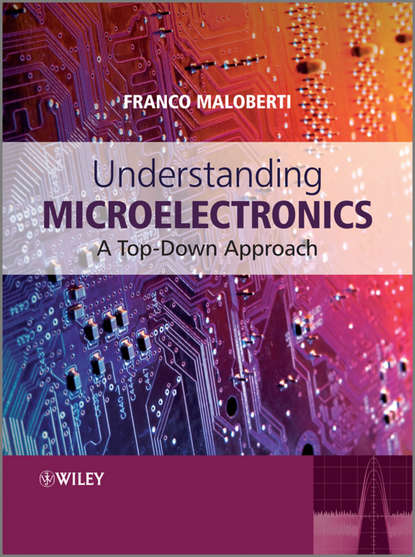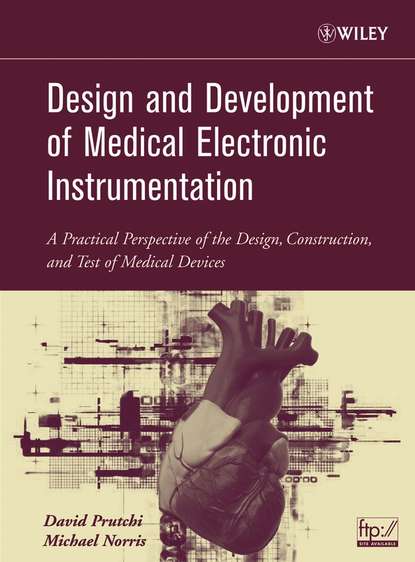Книга "Understanding Microelectronics. A Top-Down Approach" описывает эволюцию микроэлектроники и ее влияние на методы проектирования и обучения. Автор Франко Малоберти предлагает новый подход к изучению электроники, который начинается с общего представления о системе, а затем переходит к деталям. Книга содержит баланс между теорией, примерами и проверкой результатов, при этом математика и теория обработки сигналов минимизированы. В книге рассматриваются основы электроники, такие как функции обработки, сигналы и их свойства, субфункции, основные схемы и компоненты. Книга также содержит реальные примеры, чтобы помочь читателю понять глобальные проблемы, связанные с электроникой, прежде чем переходить к деталям устройств и компонентов. В конце каждой главы есть задачи и разделы самостоятельного обучения, которые помогут читателю лучше понять системы и устройства на более высоком уровне сложности. Книга будет полезна студентам, преподавателям и профессорам, занимающимся изучением электроники, а также инженерам, проходящим обучение или занимающимся проектированием и разработкой.
This book will help any reader understand the basics of microelectronics, whether they're students or professionals. It does this by helping them understand how electronic circuitry works.
Электронная Книга «Understanding Microelectronics. A Top-Down Approach» написана автором Franco Maloberti в году.
Минимальный возраст читателя: 0
Язык: Английский
ISBN: 9781119976486
Описание книги от Franco Maloberti
The microelectronics evolution has given rise to many modern benefits but has also changed design methods and attitudes to learning. Technology advancements shifted focus from simple circuits to complex systems with major attention to high-level descriptions. The design methods moved from a bottom-up to a top-down approach. For today’s students, the most beneficial approach to learning is this top-down method that demonstrates a global view of electronics before going into specifics. Franco Maloberti uses this approach to explain the fundamentals of electronics, such as processing functions, signals and their properties. Here he presents a helpful balance of theory, examples, and verification of results, while keeping mathematics and signal processing theory to a minimum. Key features: Presents a new learning approach that will greatly improve students’ ability to retain key concepts in electronics studies Match the evolution of Computer Aided Design (CAD) which focuses increasingly on high-level design Covers sub-functions as well as basic circuits and basic components Provides real-world examples to inspire a thorough understanding of global issues, before going into the detail of components and devices Discusses power conversion and management; an important area that is missing in other books on the subject End-of-chapter problems and self-training sections support the reader in exploring systems and understanding them at increasing levels of complexity A supporting website (http://www.wiley.com/WileyCDA/WileyTitle/productCd-047074555X,descCd-relatedWebsites.html) presents the interactive student lab, ElvisLAB, where students can conduct virtual experiments on circuits together with PowerPoint slides for lecturers. Inside this book you will find a complete explanation of electronics that can be applied across a range of disciplines including electrical engineering and physics. This comprehensive introduction will be of benefit to students studying electronics, as well as their lecturers and professors. Postgraduate engineers, those in vocational training, and design and application engineers will also find this book useful.



















